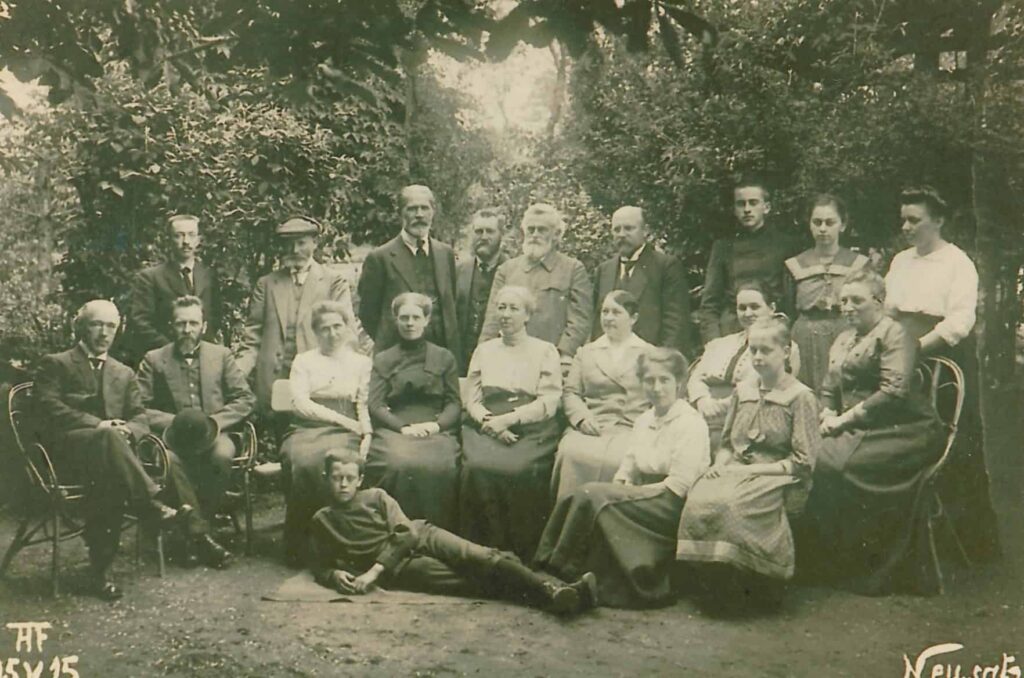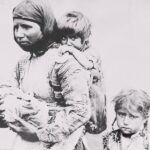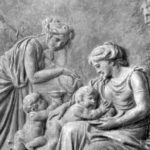Blog Post
The Lutheran martyrs of the Soviet Union
By Jonathon Van Maren
As the West descends into the post-Christian era, an urgent discussion has begun on what the contours of this new epoch will look like for Christians. In one bestselling contribution to the debate, Live Not By Lies: A Manual for Christian Dissidents, Rod Dreher calls on Christians to look to the examples of those who suffered for their faith behind the Iron Curtain. My only quibble with the book was that I wished Dreher had included more of their stories—those that he does detail are powerful and convicting. As the story of a civilization shaped by Christianity in its many forms gives way to a new story shaped by the sexual revolution, Christians in the West would do well to look East for inspiration and instruction.

It is here that Rev. Matthew Heise has done us a great service. Heise served for twelve years as a missionary for the Missouri Synod of the Lutheran Church in former Soviet bloc nations including Ukraine, Georgia, and Russia and currently serves as director of the Lutheran Heritage Foundation. Last year, he published The Gates of Hell: An Untold Story of Faith and Perseverance in the Early Soviet Union with Lexham Press. It is the story of the Evangelical Lutheran Church of Russia between the World Wars—their courage and their suffering through decades of brutal state persecution. It is the story of the gulags; of pastors receiving the red crown of martyrdom in the Soviet labour camps; and of how ordinary men and women remained faithful in the face of godless brutality. This book is a triumph not only because it is a compelling work of history that brings to light hitherto untold stories, but because it shows us how these Christians were crushed, yet conquering.
In the interview that follows, Matthew Heise answered a few questions about his new book.
The persecution of Orthodox Christians is quite well-known—the story you tell about the persecution of Russian Lutherans is almost entirely unknown. Why is that?
Yes, most of this history has been relegated to Finnish, German, or Russian resources. In the past, there was virtually nothing available on Lutherans in English save for some information gathered by Edgar Duin in the 1970s (Lutheranism under the Tsars and the Soviets, 1975). However, this book contained nothing from Russian archives, as it was simply impossible to do such research under communism. So, first, in order to conduct deeper, more scholarly research, one had to be familiar with some of the languages cited above. Secondly, until the fall of the USSR, there was precious little information available save for what various individuals might have whispered about the persecution.
With the fall of the Soviet Union in 1991, personal recollections began to be printed in church journals (Russian, German, and Finnish) from those Lutherans who had suffered persecution under Stalin in the 1920s and 1930s, many of whom remained secret believers during the long years of communism. When President Boris Yeltsin opened the secret police archives in the 1990s, historians rushed to the archives to copy as much information as they could, not knowing how long the state would allow such openness. (Yes, Russian archives do not allow you to simply photocopy or photograph documents, as you can at the National Archives in the U.S. You must write everything down, pencil upon paper!)
Sometime around 2007, I found a rare book in Russian on the persecution of Russian Lutherans in the Soviet era. I asked one of the authors if I could do some research in the St. Petersburg State Archives. She said “yes,” and so I subsequently asked her co-author, a noted Russian Orthodox historian, how he had gained access to secret police files. At first, he was a bit taken aback (after all, an American asking such questions would arouse suspicion!). But after I said a silent prayer and gave him my copy (in German, which he could read) of the history of the last bishop of the USSR, Arthur Malmgren, he exclaimed to me: “How did you know?” I didn’t, but I am certain the good Lord knew! It turned out that he was supposed to give a report on Malmgren in a month’s time and had difficulties getting more information. The book I possessed contained information from German state files to which he had not had access!
He then breathlessly explained to me that President Vladimir Putin had closed the secret police archives to historians in 2002, once again limiting access except for the families of the persecuted and the churches themselves. Through the assistance of the Lutheran Church in Russia, I was able to gain access to information about the persecution, and, being fluent in German and Russian, utilized archives in the United States and Russia to compile as much information as I could. In addition, I was able to talk to the daughters and relatives of martyred Lutheran pastors and gain firsthand accounts of what happened during those years.
What was the persecution of Lutherans like and what were its effects? The drop in the number of congregations—from 1,828 in 1917 to 160 by the end of the civil war is staggering.
All churches faced serious persecution in the aftermath of the Bolshevik Revolution in 1917, beginning with a decree separating church from state and school from church in January, 1918. Lutherans, like the Orthodox and other denominations, suffered a grievous loss of property. The communist state made it clear who was in charge now; they now officially owned all church property and magnanimously allowed the churches to use it. But a revolt from those allied with the former Czarist regime (known as ‘Whites’) engaged in a brutal civil war with the communists (known as ‘Reds’), not to mention roving bands of anarchists opposed to all power. The fact that German Lutheran communities had accumulated farmland and wealth made them targets of the Reds and anarchists. From the St. Petersburg region to Ukraine and the Volga region, Lutheran communities lost not only their churches and livelihoods but their very lives, if they didn’t manage to flee abroad.
By the mid-1920s, a temporary retreat from full-blown communism by the Bolsheviks, best symbolized by Lenin’s NEP (New Economic Program), brought some measure of freedom to Lutherans while the Soviet state concentrated its ire against the dominant Russian Orthodox Church. But 1929 was the bellwether year. With the Christmas arrests of two pastors and approximately thirty Sunday school teachers in Leningrad, the Lutheran Church began a precipitous decline, as many Christians saw the handwriting on the wall portending an intensified persecution, and began to melt away from the Church. By 1939, all Christian churches would be closed (except for some Orthodox churches), its pastors imprisoned or executed.
READ THE REST OF THIS COLUMN AT THE EUROPEAN CONSERVATIVE








